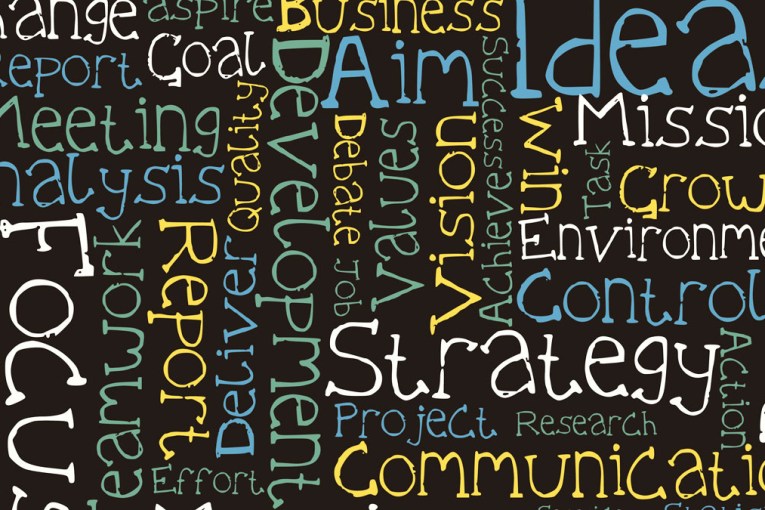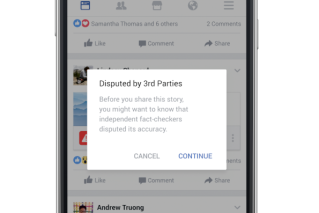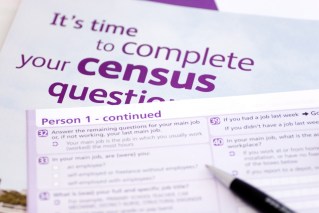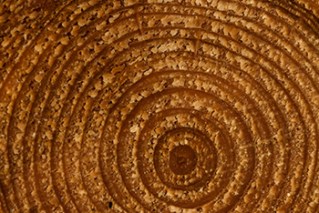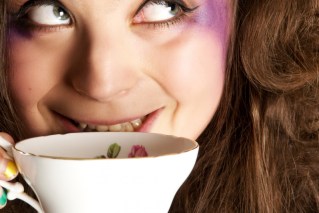Most of the health advice we hear is about food: what to eat, how to cook it, and what to avoid. But the healthiness of what we drink is often ignored, and unwisely so.
Isaac Calvert, director of Prestige Lifestyles International, says what we guzzle can be just as important as what we chew on.
“As one of the fattest and most unhealthy nations in the world, we have become very worried and aware about excess calorie consumption in our food. But what about what we drink?
“What you drink is paramount to how you feel, how you look and how you function,” he says
• World’s healthiest veggie is…
• Get fit without leaving the house
• Eat like a cave man, the right way
• How to eat healthy at the pub
Unfortunately, many of the ‘healthy’ drinks that do get coverage are fads. There are many liquid diets, meal replacements and magic powders that promise the world, but are in fact just protein and sugar, according to Mr Calvert.
“Liquids are a great source of nutrition when you make them yourself and understand what makes a fast, delicious and nutritious liquid meal,” he says.
Here are the main things to keep in mind.
Avoid alcohol

All the hype about the benefits of red wine is probably just that – hype.
Drinking red wine has long been touted as being able to make you live longer, and protect you from inflammation, heart disease and cancer.
But a nine-year Italian study of 783 elderly people reported in March found no evidence of the supposed benefits of reservatrol. Those who consumed the highest amounts of reservatrol were no less likely to die of any cause than those who consumed very little or no reservatrol.
This is probably because only trace amounts of reservatrol survive the trip from wine glass to stomach to bloodstream.
The disconnect between the hype and the facts arose because scientists were applying reservatrol to isolated cells of the body in a lab, rather than measuring its effects on the whole body; and because most tests were conducted on mice and pigs, not humans.
In some cases, you would need to drink more than 1,000 litres of red wine every day to get the same dose used in mice studies.
Given that alcohol is full of calories, may make you crave more food, and is damaging to your liver, the science is probably telling you to steer clear of the booze.
Avoid soft drinks
This one isn’t rocket science. Huge doses of sugar and other chemicals is bad. Period.
Avoid juice
Fruit juice might sound healthy, but often isn’t.
Mr Calvert says it is often “filled with sugar” and can contain as much as 7-10 pieces of fruit per serve.
“Let’s be honest, unless you were a sporting team at half time, when would you consume that many pieces of fruit in one sitting,” he says.
A study published in The Lancet in June suggests that fruit juice can be just as bad as soft drink.
Coffee

Thankfully, coffee seems to be safe.
It is a proven fat burner because it boosts the metabolism. It may also lower the risk of depression.
According to Medical News Today, coffee may also protect against type 2 diabetes, reduce the risk of liver cancer and liver disease, aid mobility for suffers of Parkinson’s disease, and may slightly lower the risk of heart failure.
It might even increase your memory.
Green tea 
Green tea is another healthy drink, either hot or cold. It has a huge amount of polyphenols, a chemical thought to protect against inflammation and cancer, and antioxidants, which rid the body of harmful free radicals.
New research suggests the age-old beverage may help fight prostate cancer, reduce the risk of stroke and cancer.
As reported by Medical News Today, the tea may also prevent dental cavities, stress, chronic fatigue, and improve the symptoms of arthritis.
 Molasses (with a straw)
Molasses (with a straw)
Has lots of calcium, magnesium, manganese, potassium and is rich in iron.
You can drink it mixed into hot water like a tea, or with milk like coffee. Just be sure to buy a non-sulphured variety, as this has more of the nutrients kept in.
It is an organic form of sugar, so be sure to brush your teeth straight after. You might even want to drink it through a straw to minimise contact with your teeth.
Hot water, lemon and honey (straw again)
Lemons are high in pectin fibre, which suppresses appetite and may also lower cholesterol. Natural honey tastes great, and may ease acid reflux. Hot water may also aid digestion (and melts the honey).
There is anecdotal evidence that this tasty combo kick starts the metabolism and flushes out toxins, although there is scant scientific evidence of these claims.
It is great for easing the pain of sore throats and clearing nasal congestion. But as with anything, drink in moderation. Lemons are acidic, so too much could upset your stomach and erode your teeth.
 Healthy smoothie
Healthy smoothie
Australians eat nowhere near enough vegetables.
According to Roy Morgan Research’s quarterly State of the Nation Report, which surveyed almost 50,000 Australians, a whopping 96 per cent of us do not eat the recommended daily dose of two serves of fruit and five serves of vegetables.
A healthy smoothie is one way to dose up on veggies, and get healthy.
Mr Calvert says a ‘Metabolically Precise Liquid Meal’ has the potential to build lean healthy tissue and shed fat when taken together with whole foods and exercise.
The key, according to him, is a low-fat protein (such as Whey Protein Isolate), low-energy carbs, an Omega 3 fat, and a calorie free liquid.
Use a blender, not a juicer, to keep in as many nutrients and as much fibre as possible. And use fruit sparingly. It adds flavour, but vegetables are more important for your health.
Here are some ingredient ideas:
 |
Water. Use this as a base instead of sugary juice. For some extra pizazz, use something fizzy, like sparkling or soda water. |
 |
Green leafy veggies (spinach, kale, broccoli, etc) are some of the most nutrient dense foods; the darker the better. |
 |
Oats. Not just a breakfast food. Add flavour, makes you feel full, and regulates blood sugar. |
 |
Cucumber. Watery and mushy, these mix through well. Also good for your hair, skin and nails; and may lower cholesterol. |
 |
Carrots. Dice finely, as these don’t always blend well. High in antioxidants, and may lower risk of heart disease and colon cancer. Don’t peel for extra nutrients. |
 |
Bananas. Thickens your smoothie, and source of fibre, magnesium, folate and potassium. May also improve mood (thanks to tryptophan). |
 |
Apples. Flavoursome, and may prevent gallstones, fight brain ageing, and boost your immune system. Don’t peel! |
 |
Oranges. Will make your smoothie a bit pulpy, but full of fibre and vitamins. Use fresh, not juiced. |
 |
Omega 3 from things like flaxseed, linseed and hempseed. |
Green-o-phobes beg for more in this deliciously healthy recipe guide by Tess Masters. Buy The Blender Girl here.
Recipes for drinks, smoothies, and soups are a given, but this surprisingly versatile collection also includes dishes with a blended component, including appetizers, snacks, salads, and desserts; staples like sauces, spreads, and condiments; plus details on sprouting, food combining, acid versus alkaline, live foods, and more.
